Libraries I Have Loved
By Kay Kendall
Saturday I celebrated National Library Week by giving an invited talk at the
Bellaire City Library. This fine facility is located in an incorporated city
located within the Houston metropolitan area. The occasion presented the
opportunity to ruminate on what libraries mean to me.
hometown in Kansas had a Carnegie Library, a place that played a prominent role
in my
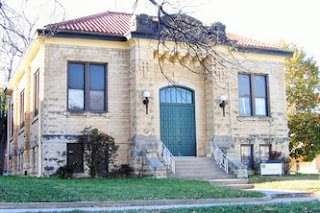 |
| Carnegie Library, El Dorado, KS |
life, especially in my grade school years. Like most other writers, I’ve
always been an inveterate reader. I cannot recall a time when I was not
surrounded by books. Each summer saw me in the cool confines of the old stone
building, selecting books to take home and devour. Mother would be upstairs
checking out books for grownups and I would be in the basement where the
children’s books were kept. It was cooler there, and in the early years that
was important, before our home was air-conditioned.
weekend, I researched details about the vast number of libraries across America
that Scottish-American businessman and philanthropist Andrew Carnegie donated. Between
the years 1883 and 1929, there were 2,509 Carnegie libraries built, both in
public and in university library systems. Of that number, 1,689 were built in
the United States. By the time Carnegie made the
last grant in 1919, there were 3,500 libraries in the United States, nearly
half of them built with construction grants paid by Carnegie. He also
underwrote construction of many libraries across the English-speaking world, as
well as numerous non-English speaking countries. I cannot imagine a greater
legacy to have than his.
Kansas, was built in 1912 in the classical revival style. I am pleased to say
that it still exists, being now repurposed and added to the National Register of Historic Places
in 1987. A survey made in 1992 of Carnegie Libraries in America found that 1,554 of the 1,681 original buildings still existed, with 911 still used as
libraries. Two hundred forty-three had been demolished, while others had been
converted to other uses, like “my” library in Kansas. For a time when I was
in high school, it had even served as the city-funded hangout for teenagers. I remember dancing to an Elvis tune in that place (dubbed The Cage), and it felt almost
sacrilegious to me.
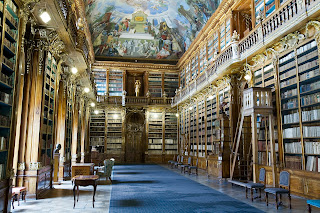 |
| Strahov Monastery Library, Prague (see below) |
I have used more grand and extensive
libraries, but clearly this—my very first—library means
the most to me. It offered the thrill of countless books to read—ones
I could check out as fast as I could read and return them. (My eight-year-old
grandson is like that now, reading three to four books each week. He taught
himself to read at age four. I had heard of that but had never seen it with my
own eyes. I was amazed).
for many millennia. Babylon is credited with having the first known library, and
ancient Egypt comes next. Of course the industrious Romans made improvements with their
libraries. Benjamin Franklin founded a subscription library in Philadelphia in
1731, a precursor of public lending libraries. Carnegie’s American libraries pioneered
open stacks, thus enabling the joy of browsing.
have ever seen—not in photographs but in real life, in person. Twenty years ago
I visited the Strahov Monastery in Prague, situated on a hill high above the city’s
famous castle. I walked down a corridor in the monastery and peeked in an open door, marked by a
satin rope across its threshold. And what I beheld made me gasp out loud. The vision
I saw was the Philosophical Hall, one of two vast rooms built in the 1700s for
the monastery’s ancient collection of books. This was a veritable temple to written
human knowledge.
way to visit this splendid place. A photograph is included here to give you a
hint of its beauty.
favorite? Were you able to study in the stacks in college? I could not.
Whenever I heard footsteps, my head would pop up to see if it was someone whom
I knew.
pages of Kay Kendall’s second mystery, RANY DAY
WOMEN here! http://www.austinstarr.com/
That
book won two awards at the Killer Nashville conference in August
2016—for best mystery/crime and also for best book. Her first novel about
Austin Starr‘s sleuthing, DESOLATION ROW, was a finalist for best mystery at
Killer Nashville in 2014. Visit Kay on Facebook https://www.facebook.com/KayKendallAuthor


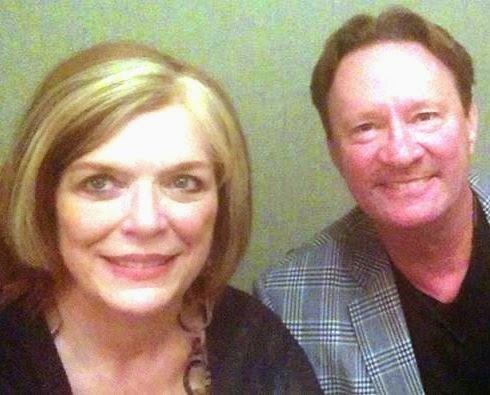
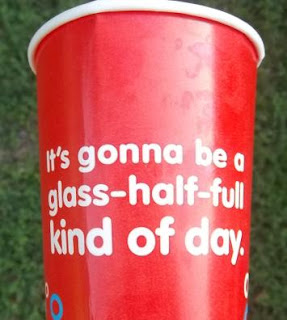
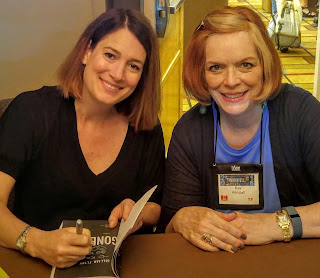
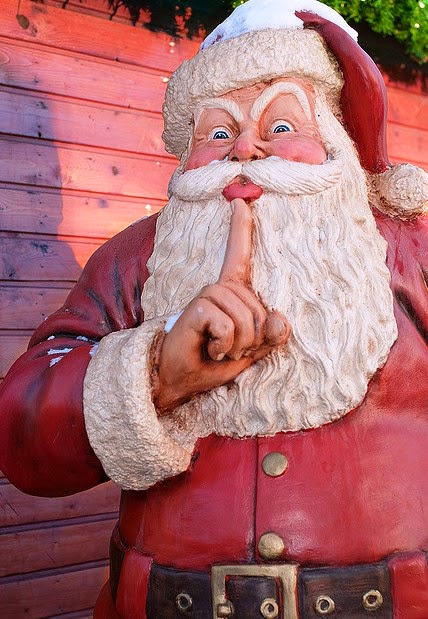
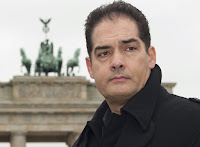


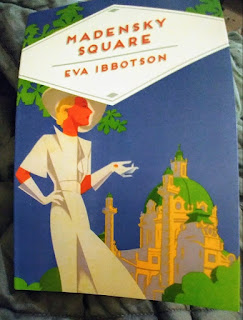
So we have Carnegie to thank for open stacks? Wonderful. I was founding librarian at a library designed to serve both a secondary school and a small community in South Central Texas. I loved everything about that job.
A Carnegie library in the Pittsburgh area was the first to offer open shelves. It was done in an effort to reduce costs. The trend moved through to the main library in Pittsburgh and then on from there. Pittsburgh was where Andrew Carnegie made his vast fortune. I am ever so fond of libraries and I am sure it was grand working in one. Thanks for commenting, MK.
Loved your post, Kay! Recently I visited Melk Abbey in the Danube's Wachau Valley in Austria. The Abbey is magnificent and includes an active school for children and a working research library where theologians and religious study ancient texts and artifacts. The library is stunning in its beauty, and the contents are rare, rich with meaning, and valuable beyond measure. The visit was a highlight of the trip. Thanks for sharing about your experience in Prague and your love of public libraries! –kate
I have seen the Melk Abbey only from a passing train but hope to be inside it one day. I recognized it through the train window and almost leapt through the window.
I am very partial to architecture from that era and when you put that together with a library, I positively swoon. When I go in to public libraries in my city of Houston and see them being used, my heart fills with joy.
Thanks for commenting, CT.